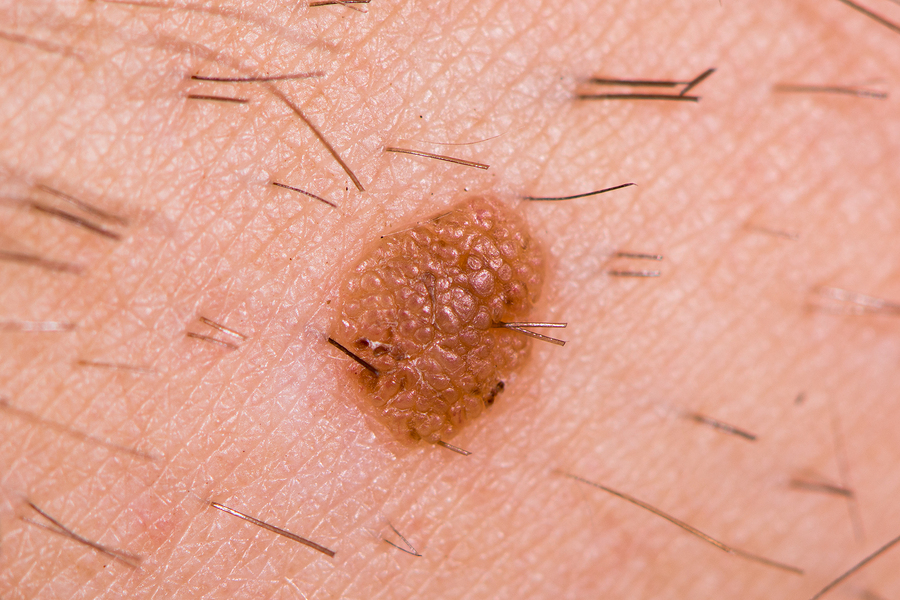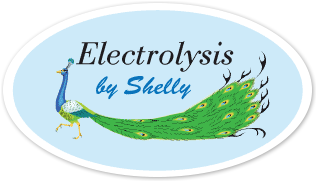Seborrheic Keratosis

How Common is Seborrheic Keratosis?
A seborrheic keratosis usually appears as a brown, black or light tan growth on the face, chest, shoulder or back. The growth has a waxy scaly, slightly elevated appearance.
These growths are not painful, but on some occasions may itch. They can be very small, or a single growth may become larger than 1 inch (2.5 centimetres.) Their colours can range from light tan to dark brown or black.
It is a common type of pigmented skin patch. Seborrheic keratosis may start off as small rough bumps, and they gradually get thicker and develop a warty surface.
Seborrheic keratosis can be a single growth, or there can be a cluster of growths (seborrheic keratoses). It is the most common type of skin growth as people age. They usually appear at around 50 years and increase with time, but they can start at any age. It is not known for certain how seborrheic keratosis is caused. It does run in families, so genetics is a factor.
Is Seborrheic Keratosis Life Threatening?
Seborrheic keratoses do not go away on their own, but they can be removed if they become irritating or unsightly. There is no harm in treating them or not treating them as they are benign (noncancerous) and do not become cancerous. They are not contagious and do not spread.
Treatment
- Freezing with liquid nitrogen (cryosurgery). Cryosurgery can be an effective way to remove seborrheic keratoses. It doesn’t always work on raised growths, and it may lighten treated skin. It is difficult to tolerate in clients that have large numbers of lesions.
- Scraping the skin’s surface with a special instrument (curettage). Sometimes curettage is used along with cryosurgery to treat thinner or flat growths. It may be used with electrocautery.
- Burning with an electric current (electrocautery). Electrocautery can be effective in removing seborrheic keratoses. It can be used alone or with curettage. This procedure can leave scars if it’s not done properly, and it may take longer than other removal methods.
- Vaporizing the growth with a laser (ablation). Different types of laser treatments are available to treat seborrheic keratoses.
- Laser Controlled Energy is the most quick and efficient way to remove seborrheic keratosis by using the Alexandrite Laser. Alexandrite Laser delivers the energy in a more controlled and gentle manner. Energy from the laser is absorbed by the epidermal melanin and causes damage to the lesion, often with an immediate white eschar. The lesion forms a thickened crust, which flakes off in 10 – 14 days. The excess pigment falls away as part of the damaged crust. Treatment is tolerable and excellent cosmetic results were achieved.
What You Can Do
If you are plagued by these unsightly, irritated, raised growths on your skin and are considering getting them removed, give us a call and we will get you on the road to spot-free skin.
